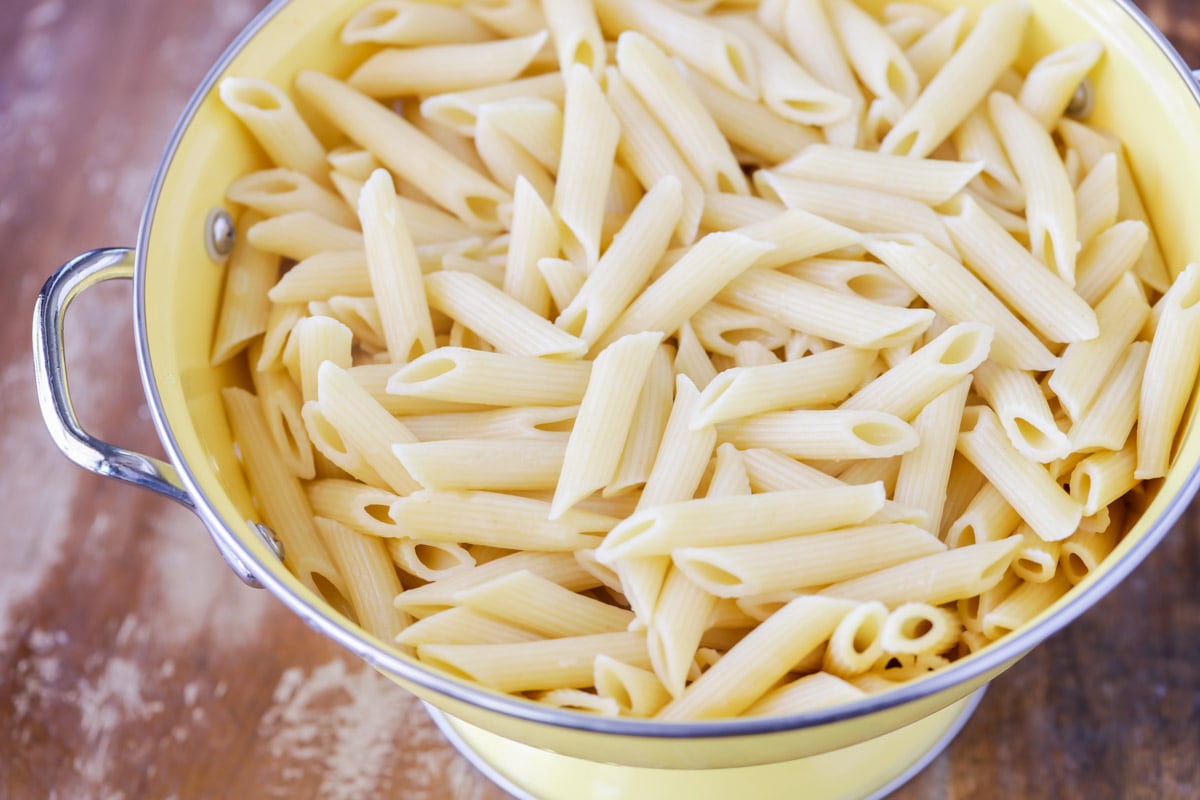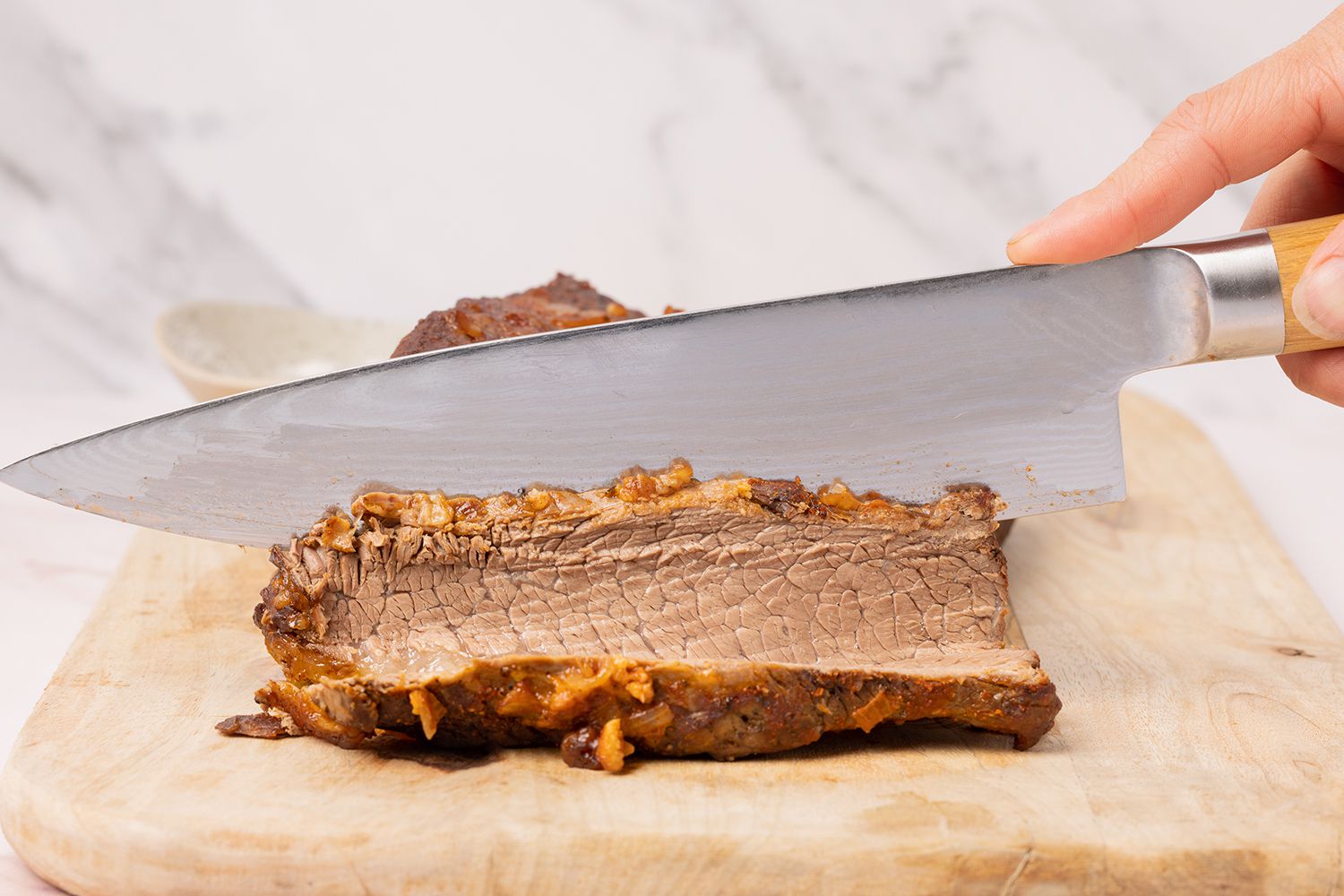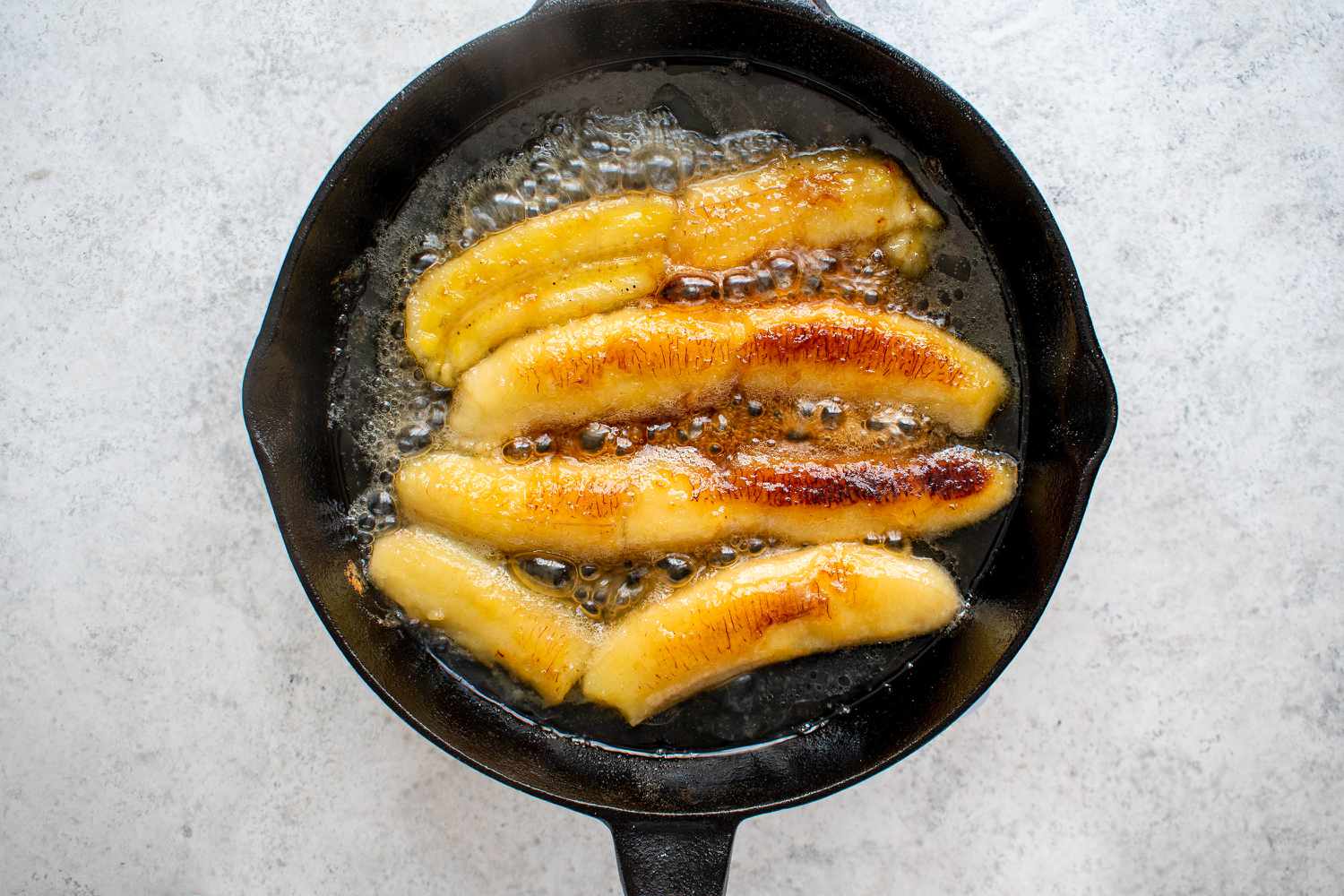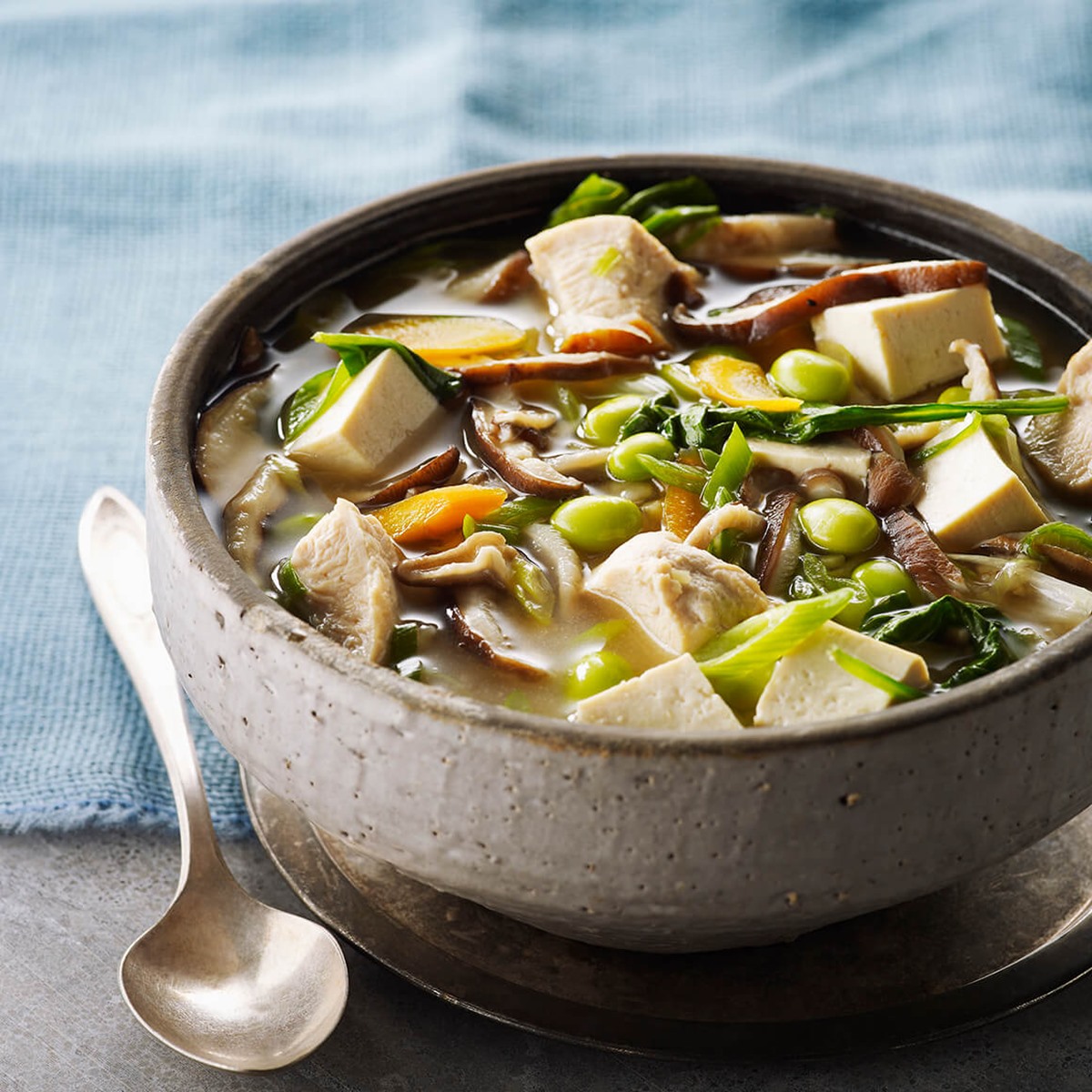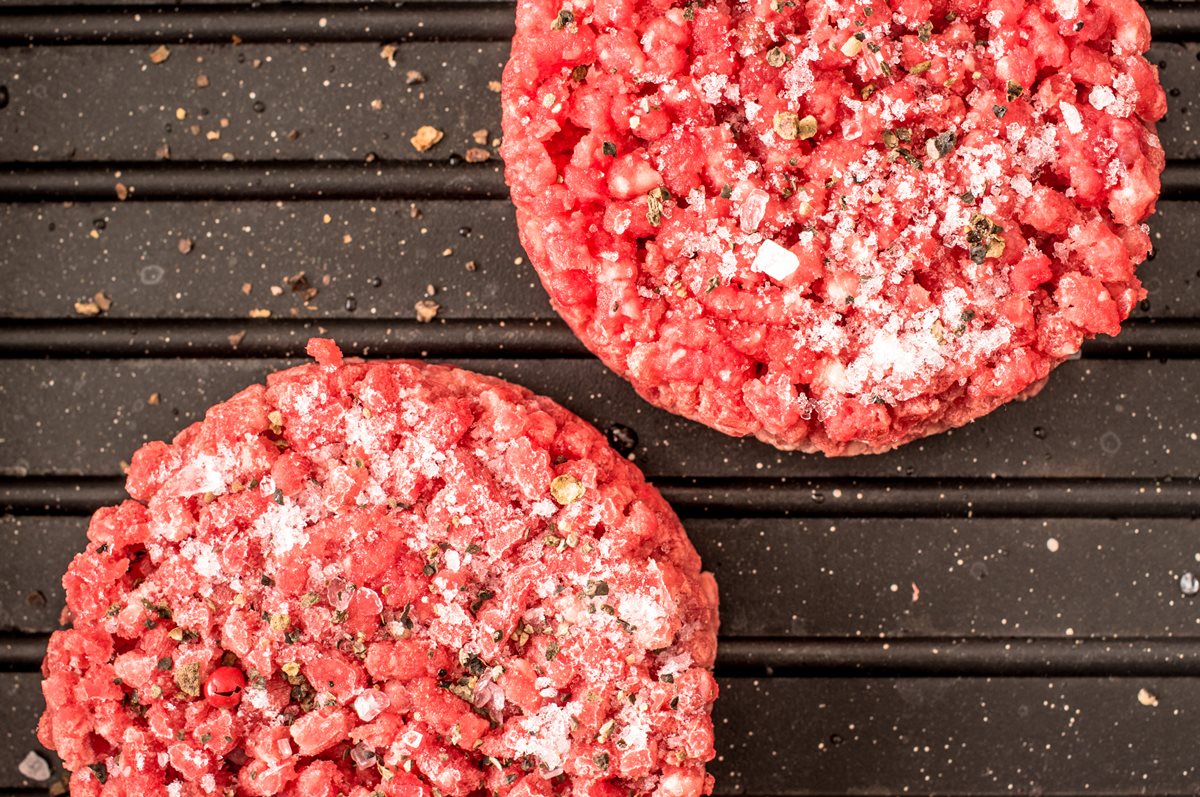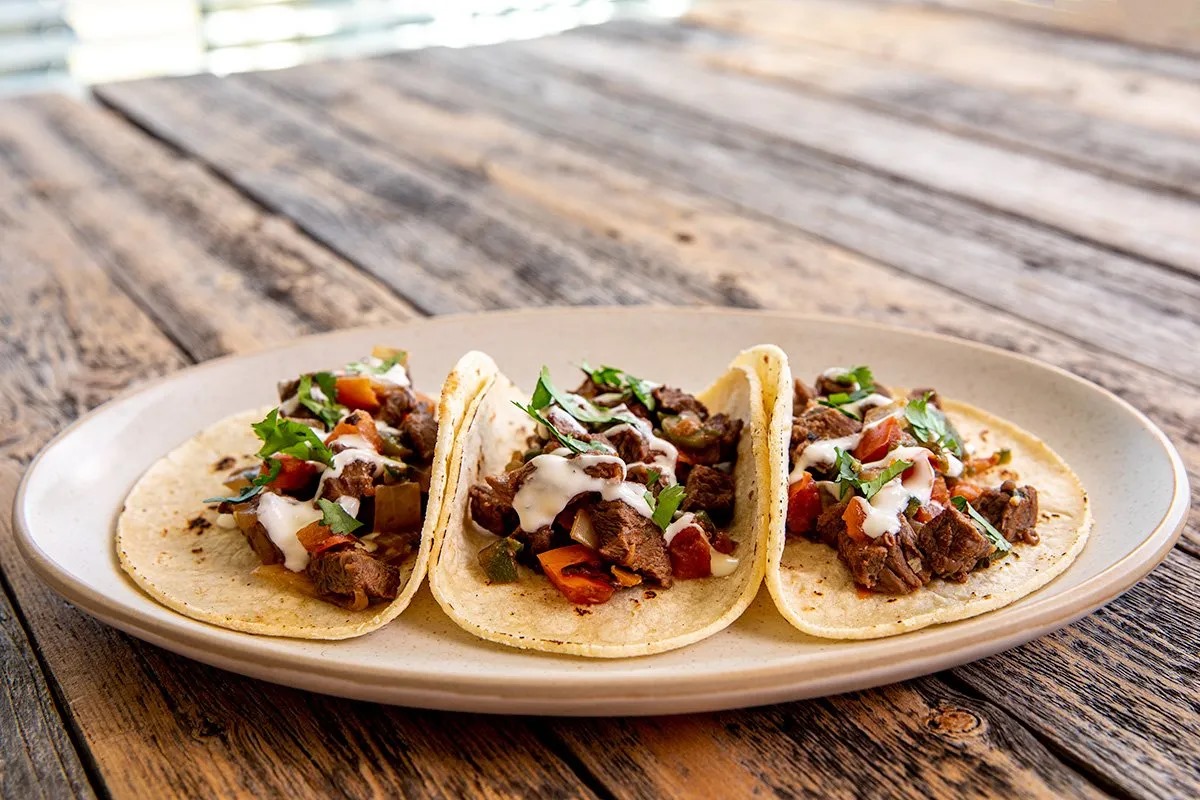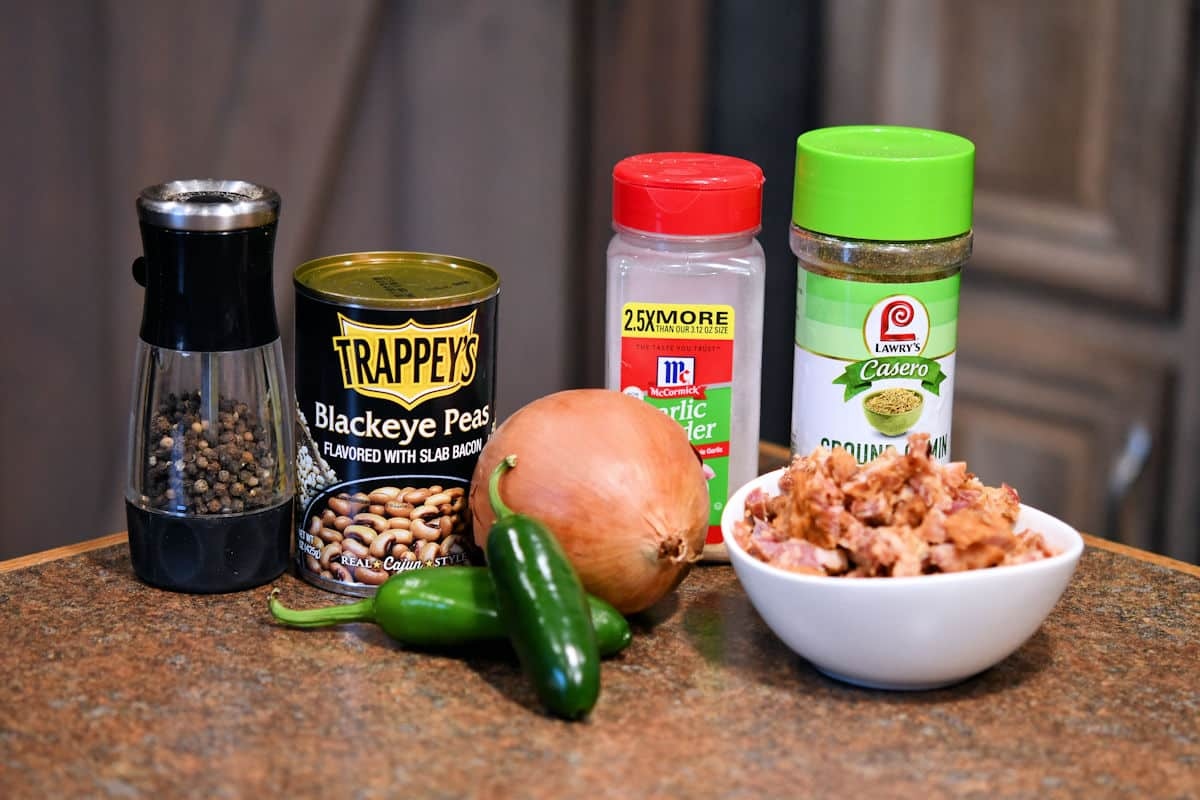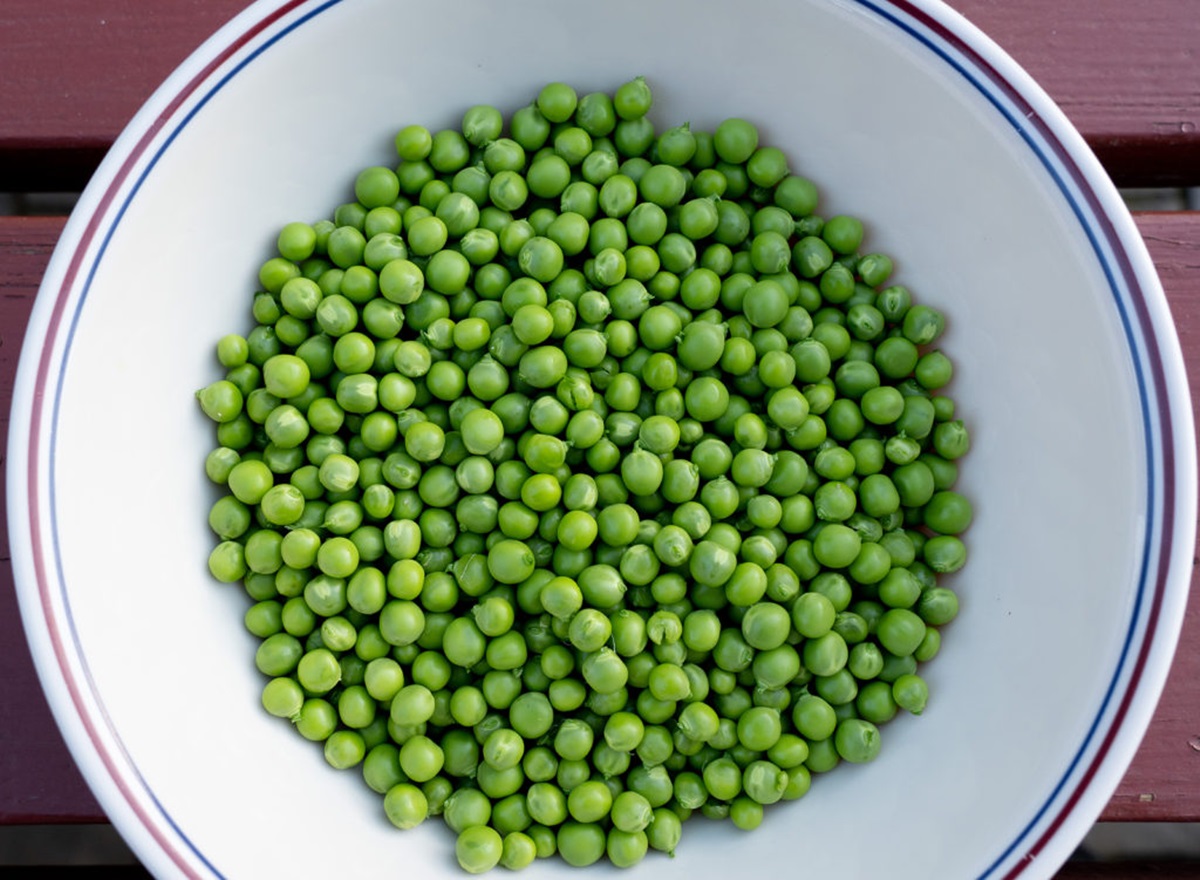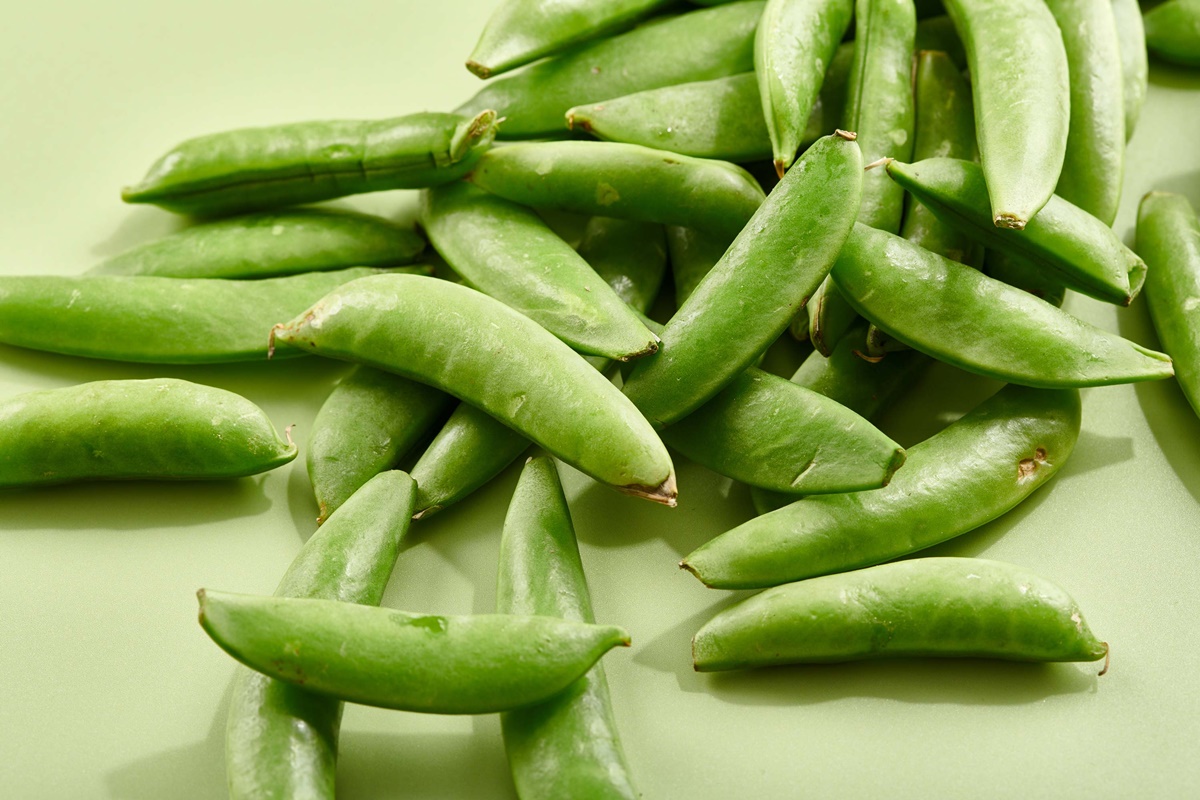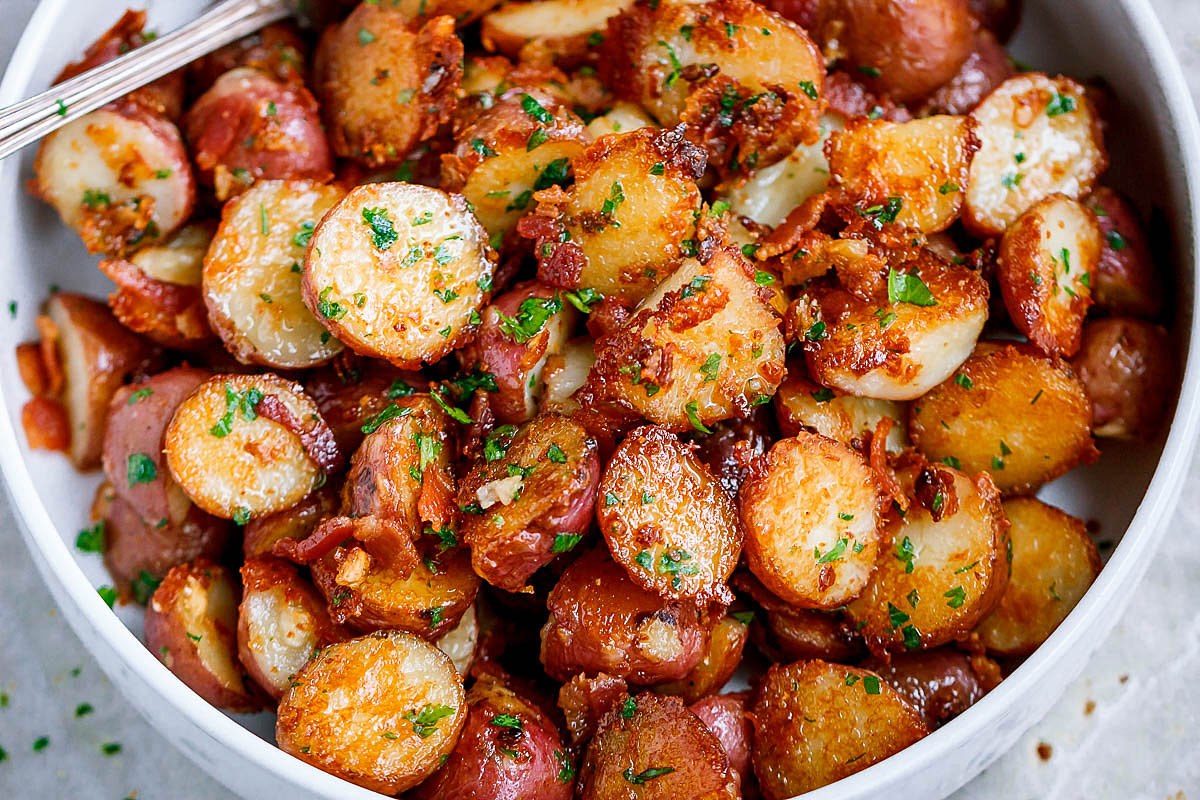Cooking fresh ravioli is an art that transforms simple ingredients into a delightful meal. Unlike its dried counterpart, fresh ravioli cooks quickly, ensuring a tender, flavorful bite every time. Whether you're a seasoned chef or new to the kitchen, mastering this dish adds a touch of elegance to any table. With a pot of boiling water, a pinch of salt, and your favorite sauce, you're well on your way to serving up a dish that's sure to impress. Let's dive into the steps to perfectly cook fresh ravioli, making your next meal not just food, but an experience.
Gather Your Ingredients
- Fresh ravioli
- Salted water for boiling
- Olive oil
- Garlic, minced
- Fresh spinach leaves
- Cherry tomatoes, halved
- Grated Parmesan cheese
- Fresh basil, chopped
- Salt and pepper to taste
Essential Tools for Ravioli Perfection
- Large pot for boiling water
- Slotted spoon or spider strainer for removing ravioli from water
- Colander for draining
- Saucepan for heating sauce
- Wooden spoon for stirring sauce
- Ladle for serving sauce
- Serving bowl or plates for presentation
- Kitchen timer or smartphone timer to track cooking time
- Tongs (optional) for serving
For perfect fresh ravioli, boil water with salt, add ravioli gently, cook for 4 minutes or until they float. Drain carefully, serve immediately with your favorite sauce for best flavor.
The Joy of Homemade Ravioli
Cooking fresh ravioli is an art that transforms simple ingredients into a delightful meal. This process involves boiling water, adding salt for flavor, and gently placing ravioli in the pot. Cooking time is crucial; too long, and they become mushy, too short, and they're undercooked. Perfectly cooked ravioli offers a tender bite, encapsulating the rich fillings inside.
Understanding the nuances of cooking fresh ravioli enhances the dining experience. It's not just about the taste but also appreciating the craftsmanship behind each piece. Mastery of this skill allows for a versatile range of dishes, from traditional Italian to innovative culinary creations, making every meal a celebration of flavors and textures.
Your Step-by-Step Ravioli Making Guide
Cooking Fresh Ravioli: A Step-by-Step Guide
-
Boil Water: Start by filling a large pot with water. For every pound of ravioli, use about 4 quarts of water. Bring water to a rolling boil over high heat.
-
Add Salt: Once water is boiling, add a generous pinch of salt. This enhances the flavor of the ravioli.
-
Drop Ravioli: Gently place fresh ravioli into the boiling water. Avoid overcrowding the pot to ensure they cook evenly.
-
Stir Gently: Use a wooden spoon to stir the ravioli gently. This prevents them from sticking together or to the bottom of the pot.
-
Boil: Let ravioli cook in boiling water. Fresh ravioli typically take 4-6 minutes to cook. They're done when they float to the surface and are tender to the bite.
-
Reserve Water: Before draining, save a cup of the pasta water. This starchy water can be used to adjust the consistency of your sauce later.
-
Drain Ravioli: Carefully pour ravioli and water into a colander to drain. Do this step gently to avoid breaking the delicate pasta.
-
Serve Immediately: Fresh ravioli are best enjoyed immediately after cooking. Serve with your choice of sauce, using the reserved pasta water to thin the sauce if necessary.
-
Add Toppings: Finish by sprinkling grated cheese, fresh herbs, or a drizzle of olive oil over the top for added flavor.
Tips for Success
-
Avoid Overcooking: Keep a close eye on the ravioli as they cook. Overcooking can cause them to become mushy or break apart.
-
Use a Large Pot: Choosing a pot that's too small can cause the ravioli to stick together. A large pot gives them enough space to move freely.
-
Test for Doneness: The best way to know if ravioli are ready is to taste one. They should be al dente, or firm to the bite.
-
Gentle Handling: Fresh ravioli are more delicate than dried pasta. Handle them with care when stirring and draining to maintain their shape.
Following these steps ensures perfectly cooked fresh ravioli every time. Enjoy your delicious creation with your favorite sauce and toppings.
Mastering Fresh Ravioli: A Final Stir
Cooking fresh ravioli is an art that transforms simple ingredients into a delightful meal. Remember, boiling water seasoned with salt is your starting point, ensuring your pasta doesn't stick together. Timing is crucial; too long in the water, and your ravioli might turn mushy. Aim for that al dente perfection, usually within a few minutes. Don’t forget to gently stir them to prevent sticking and check for doneness by tasting a piece. Once cooked, a quick drain and a toss with your chosen sauce can elevate the dish from good to gourmet. Whether you're a fan of rich tomato sauces, elegant butter and sage, or luxurious cream-based concoctions, the right sauce makes all the difference. With these tips, you're well on your way to serving up ravioli that could rival any Italian restaurant. Buon appetito!
If you're eager to try your hand at homemade ravioli, this guide has you covered. From the vibrant flavors of Spinach and Ricotta Fresh Ravioli Recipe to the indulgent Lobster and Ricotta Fresh Ravioli Recipe, there's something for everyone. For those who love a touch of elegance, the Wild Mushroom and Truffle Fresh Ravioli Recipe is a must-try. Vegetarians will adore the Goat Cheese and Sun-Dried Tomato Fresh Ravioli Recipe, while seafood enthusiasts might gravitate towards the Shrimp and Crab Fresh Ravioli Recipe. Each recipe offers a unique twist on this classic dish, ensuring that your culinary adventure is both delicious and rewarding.
All Your Ravioli Questions Answered
How long does fresh ravioli take to cook?
Cooking fresh ravioli is a breeze; it usually takes about 4 minutes. Just wait for them to float to the surface of boiling water, which is your cue that they're ready to be scooped out and served.
What's the best way to cook ravioli without it sticking together?
To prevent ravioli from sticking, add a good splash of olive oil to boiling water before adding your pasta. Stir gently once you've dropped them in. This keeps each piece separate and the surface slick.
Can I cook ravioli in sauce instead of water?
Absolutely, simmering ravioli in sauce instead of water infuses them with extra flavor. Just ensure your sauce is thinned out with a bit of water or broth so it doesn't stick and burn at the bottom of the pan.
Is it necessary to salt the water when cooking ravioli?
Salting water before cooking pasta, including ravioli, is crucial. It seasons the pasta from the inside out, giving it a depth of flavor that you can't achieve post-cooking.
How do I know if my ravioli is overcooked?
Overcooked ravioli often becomes mushy and may start to fall apart. Keep an eye on the cooking time and test a piece right as it starts to float to ensure it's perfectly al dente.
Can I freeze fresh ravioli before cooking?
Freezing fresh ravioli is a great way to extend its shelf life. Lay them out on a baking sheet to freeze individually, then transfer to a bag or container. No need to thaw; cook directly from frozen, adding a couple of minutes to the boiling time.
What are some simple sauces that pair well with ravioli?
For ravioli, less is often more. A sage and butter sauce, marinara, or even a light pesto complement the filling without overwhelming it. Just drizzle your choice of sauce over cooked ravioli and enjoy.
Was this page helpful?
Read Next: How To Cook Pasta Sauce From Jar
